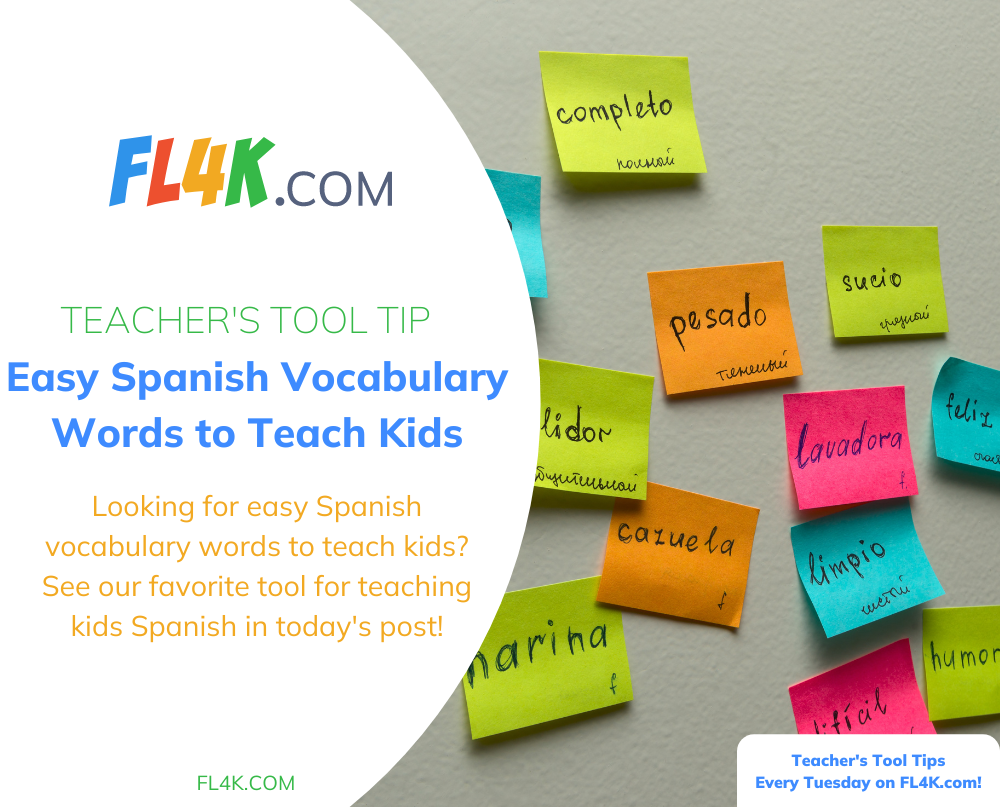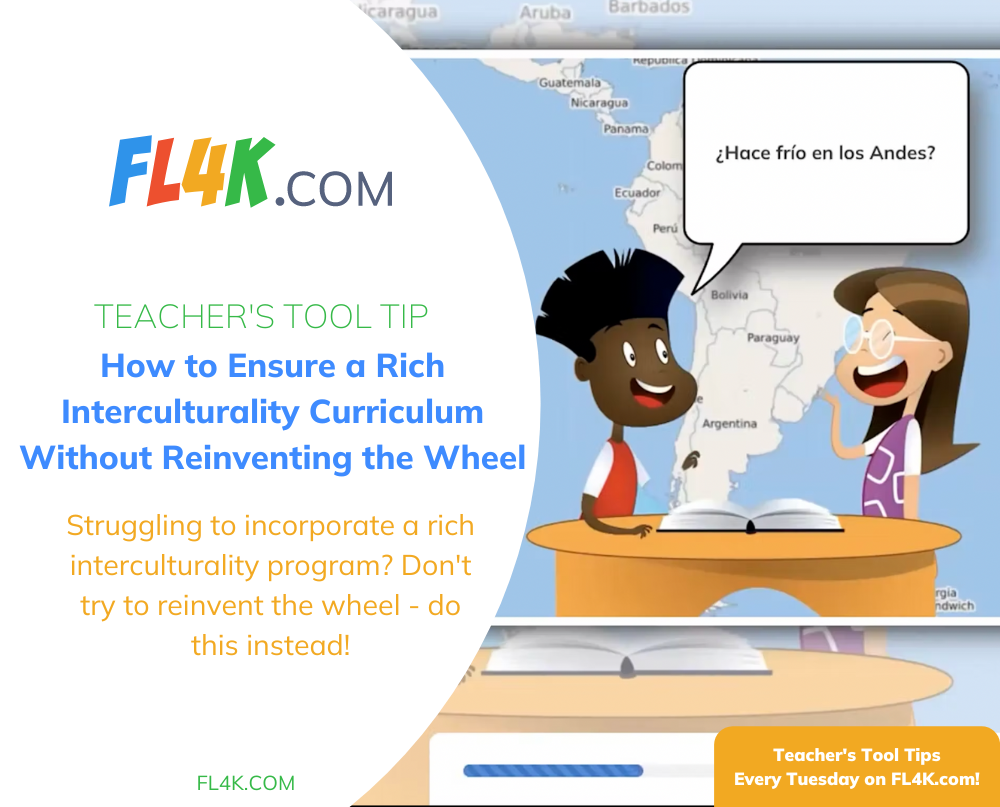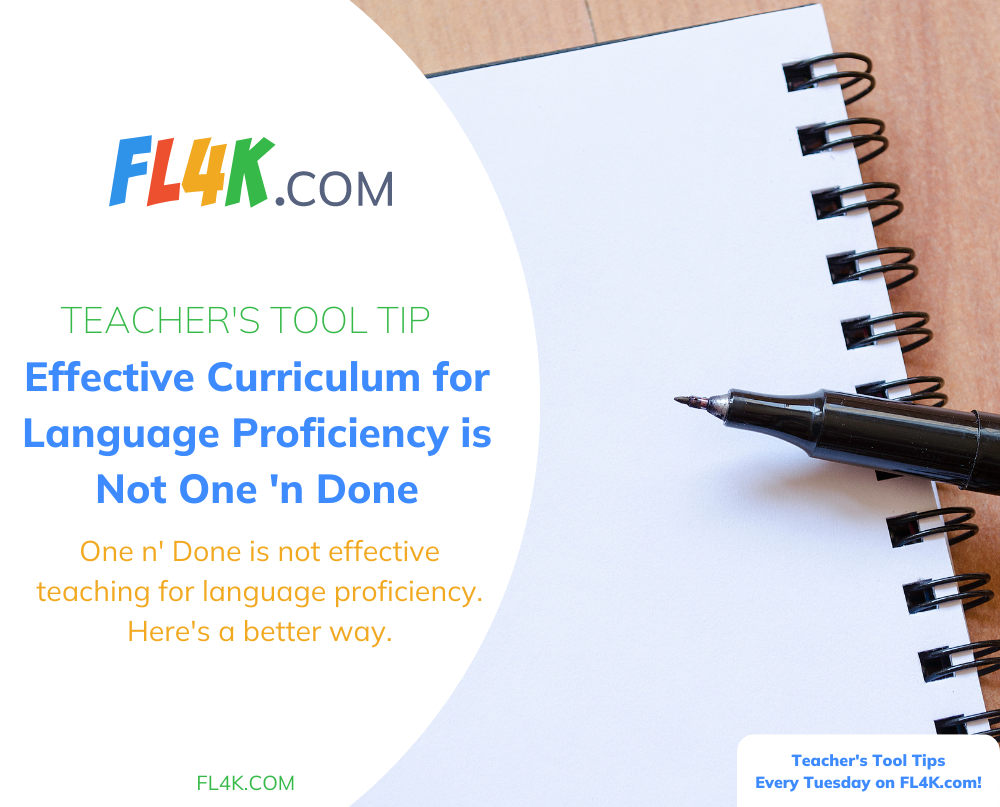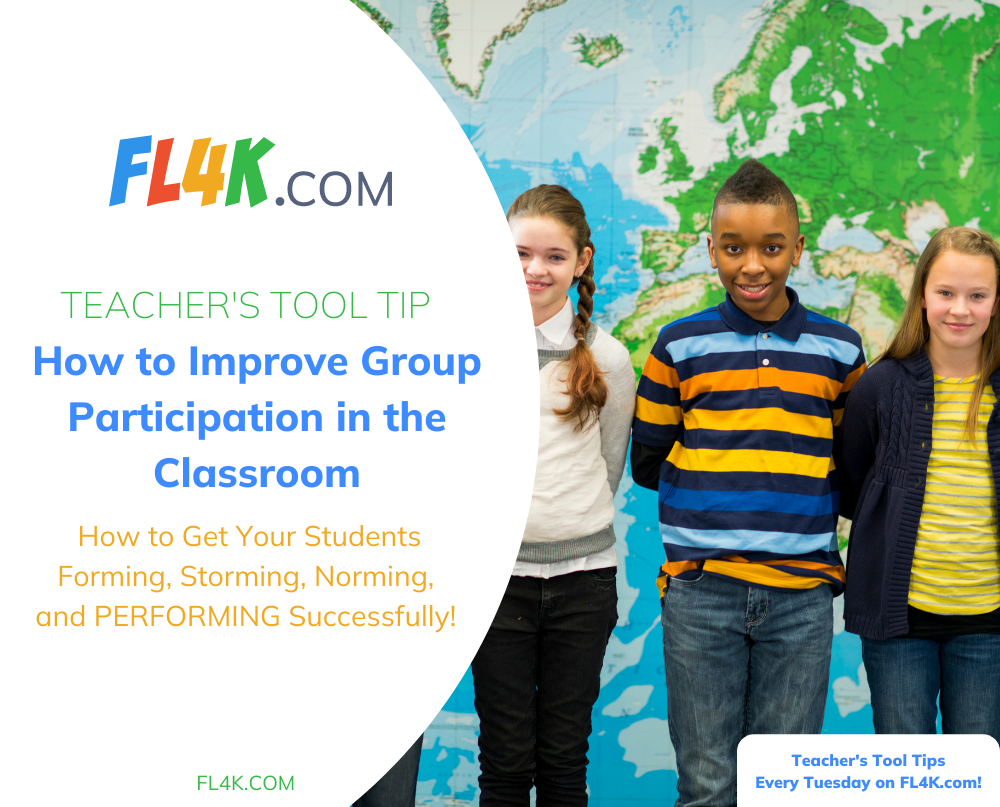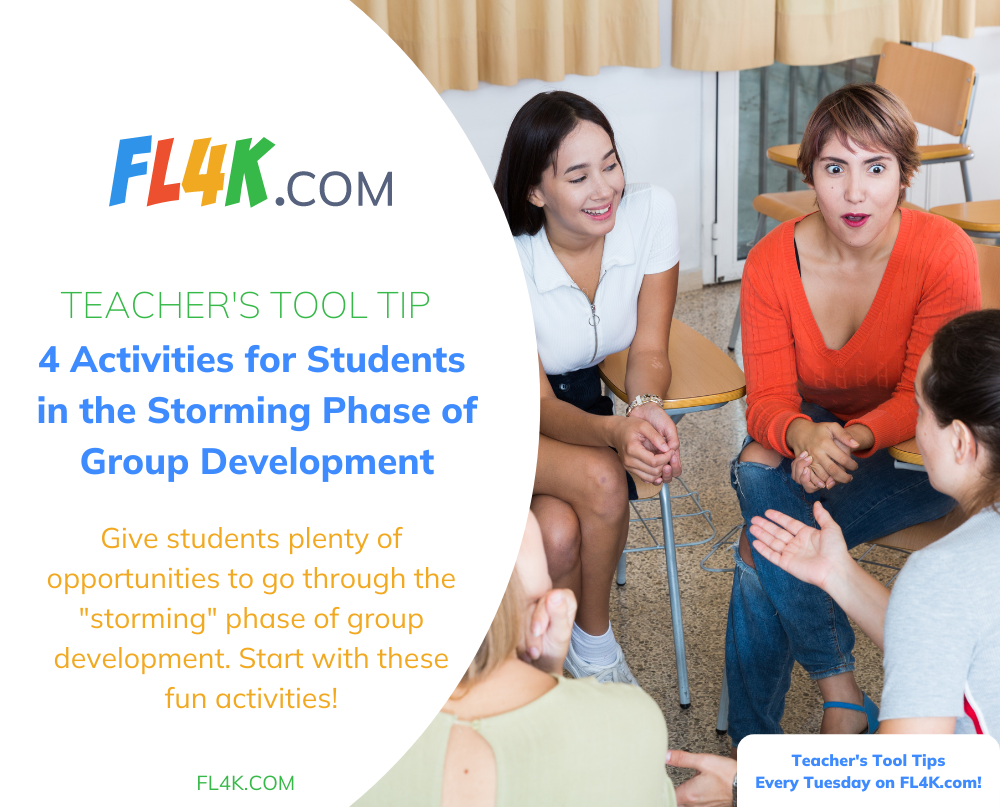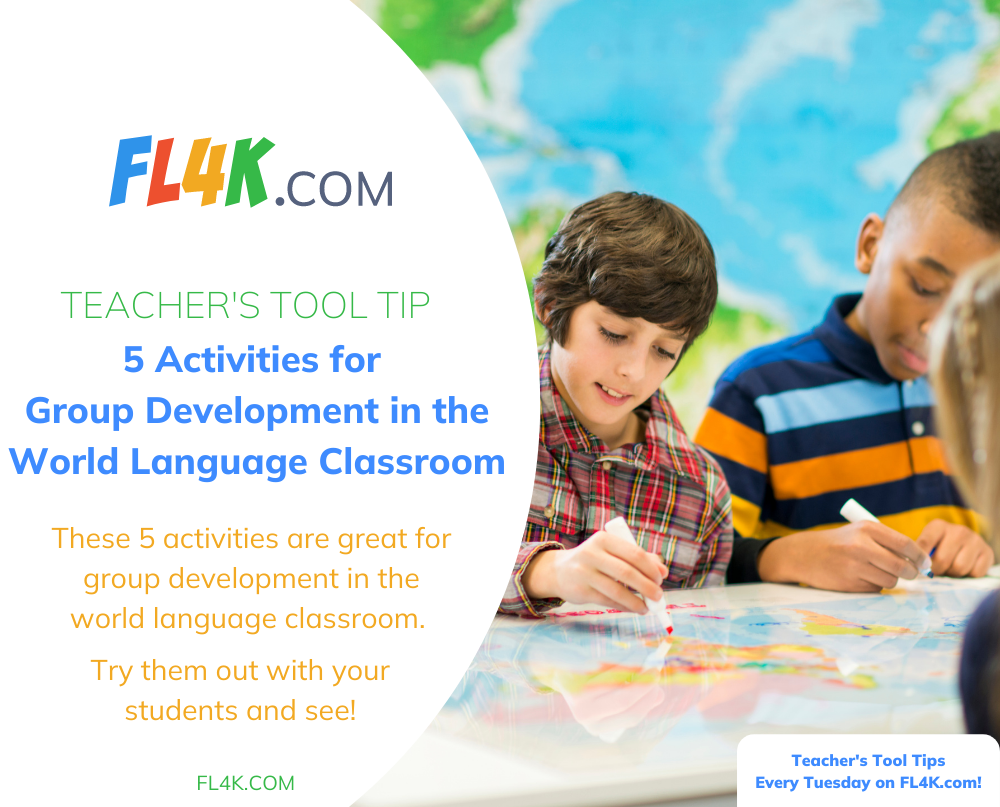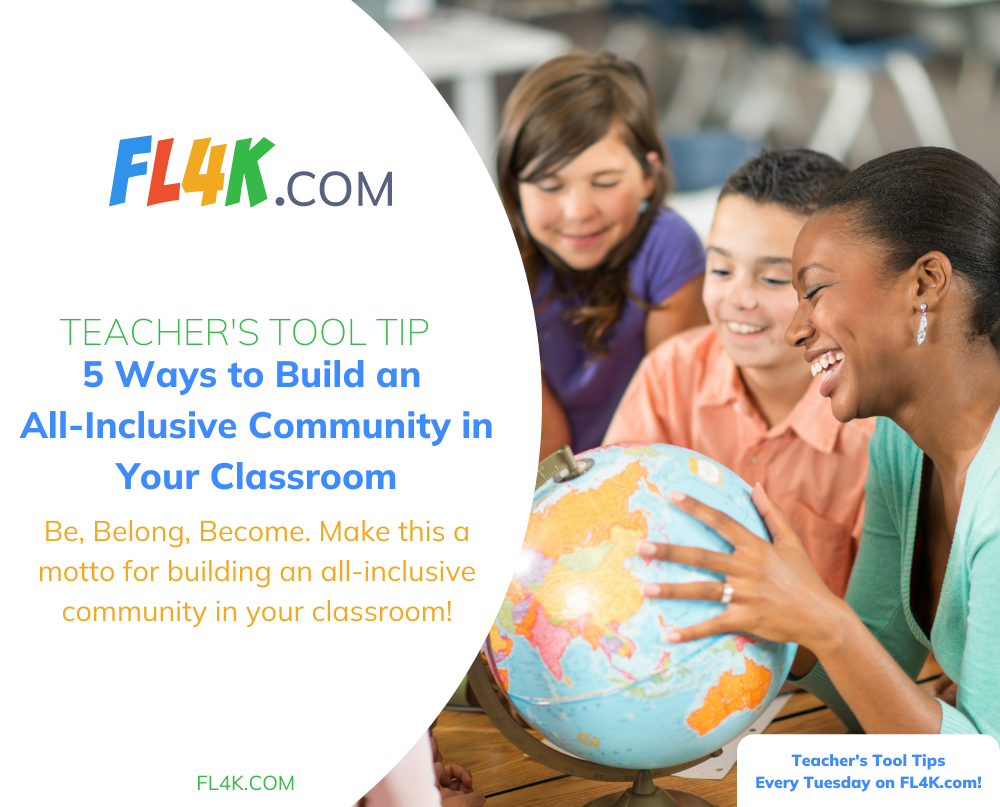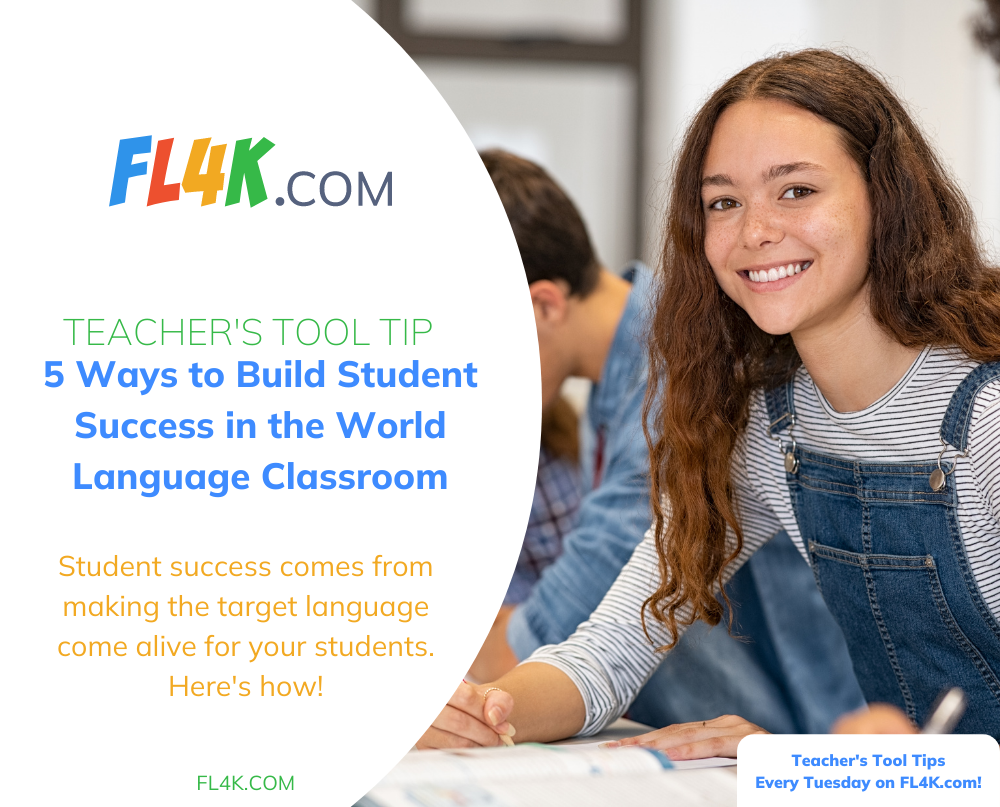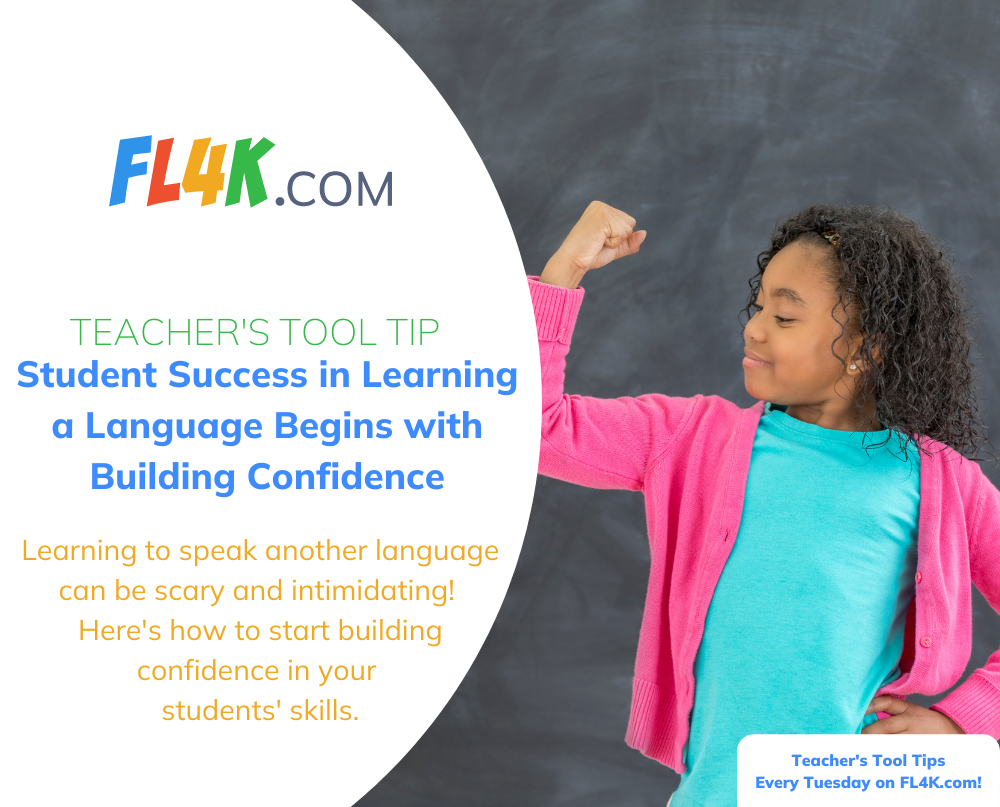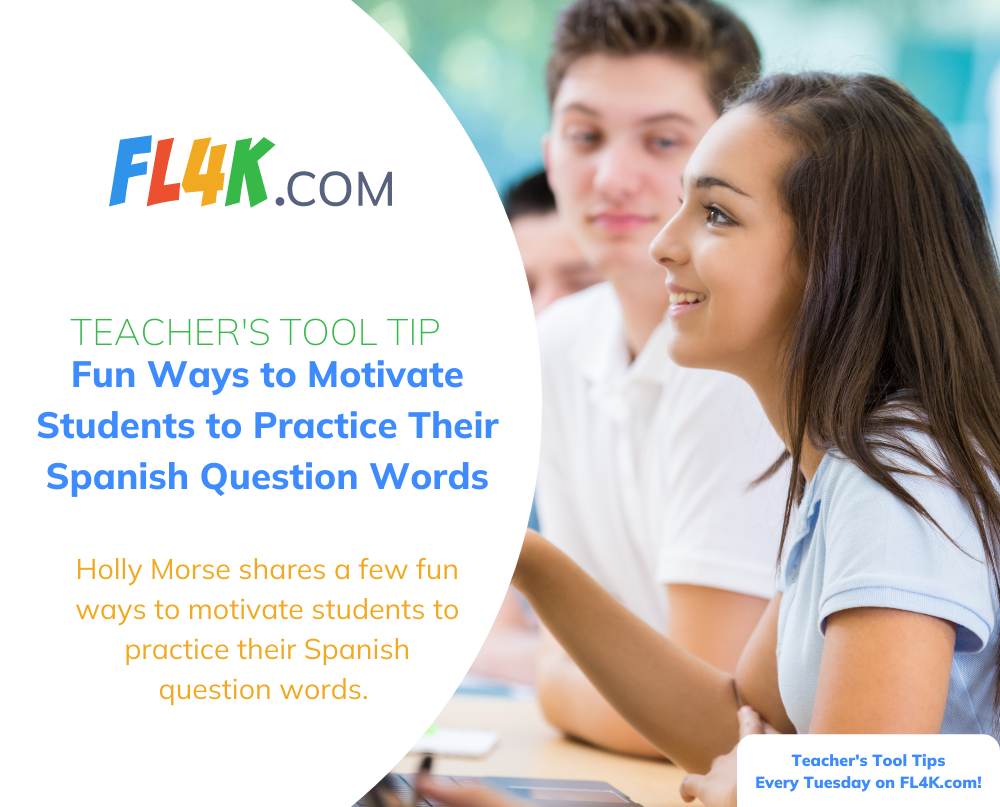Whether you are teaching children or adults, vocabulary needs to be taught according to a communicative hierarchy and in a context. In other words, you need to teach chunks of language that lend themselves to helping students be successful at speaking Spanish in the real world.
Outdated textbooks provide long lists of isolated vocabulary and grammatical structures, NOT functional language. In addition, teachers (sadly) aren’t trained in building proficiency skills that will serve their students in actually using the target language to communicate.
Haven’t you heard many language students complain about how they studied a language for years and can’t say a word? This is the result that we want to avoid in teaching a world language!
So, how do you determine what structures and easy Spanish vocabulary words to teach kids for practical use?
Think about chunks of language that students need to function like: Where is it? (¿Dónde está?), I like that (Me gusta); I am thirsty/hungry/tired/hot/cold (Tengo sed/hambre/sueño/calor/frío); I want… (Quiero); I have…(Tengo).
The truth of the matter is that teachers need to be trained in the basics of how to assess language proficiency according to ACTFL oral proficiency standards. Once a teacher understands the criteria for the levels of development from Novice to Advanced, the process of teaching becomes much more effective.
If a teacher has a group of beginning Spanish students (Novice Low), he/she needs to be able to assess what students CAN DO at this level and know what they should be able to do in order to move to the next level of proficiency (Novice Mid).
Once the teacher is adept at identifying the skills required for each level (can do’s), the teacher can begin to teach more intentionally with concrete goals for the students to move them forward on the proficiency continuum.
Training is the key!
Easy Spanish vocabulary words to teach kids include putting the easy Spanish words in meaningful contexts that help students to become more communicative. It is a bit of an art to teach this way and totally wreaks havoc with traditional methods.
The strength of this kind of teaching, however, is that students start developing confidence and skills right away. They no longer memorize long lists of vocabulary, prove their skills with grammar quizzes, and promptly forget everything. No! They practice speaking every day using functional chunks of language. Finally, proficiency is not based on talent, but on practice and hard work, the result of which is a practical skill.
Language learning is for everyone, not just the gifted and talented.
As a retired Spanish teacher trained in ACTFL oral proficiency standards, I began working for a company (fl4k.com) that was already doing a great job of teaching easy Spanish vocabulary words to kids within a context through videos, games, and practice questions, with hands-on activities.
What was missing was the interculturality piece, so a team of teachers who are trained in teaching language according to proficiency standards gathered to inform the company about how to do this best. We have created a culture program that provides fascinating content about nine different Spanish-speaking cultures all presented to kids in a single interactive digital platform that includes dialogues with recording features, practice questions, real-time polling, and features carefully scaffolded language structures and vocabulary in a context.
Even though the program includes a lot of bells and whistles that appeal to kids of all ages, the best feature of the program is the emphasis on helping students build language proficiency that lasts and actually functions. The easy Spanish vocabulary words to teach kids are all embedded in cultural posts in a social media-like format that is very appealing to the Gen Z student!
The easy Spanish vocabulary is given context and therefore becomes memorable. Students need to learn to ask questions (Who?/¿Quién?; What?/¿Qué?; Where?/¿Dónde?; When?/¿Cuándo?; Why? /¿Por qué?; How?/¿Cómo?; How much?/¿Cuánto?) and connect sentences (and/y; also/también; however/sin embargo; therefore/por lo tanto; because/porque, etc.
Sailing through textbooks with complicated grammar formulas and having students memorize long lists of words just are not an effective way to TEACH students to actually speak another language with lasting results.
Check out what we are doing at FL4K to help you help your students truly learn to speak another language.
